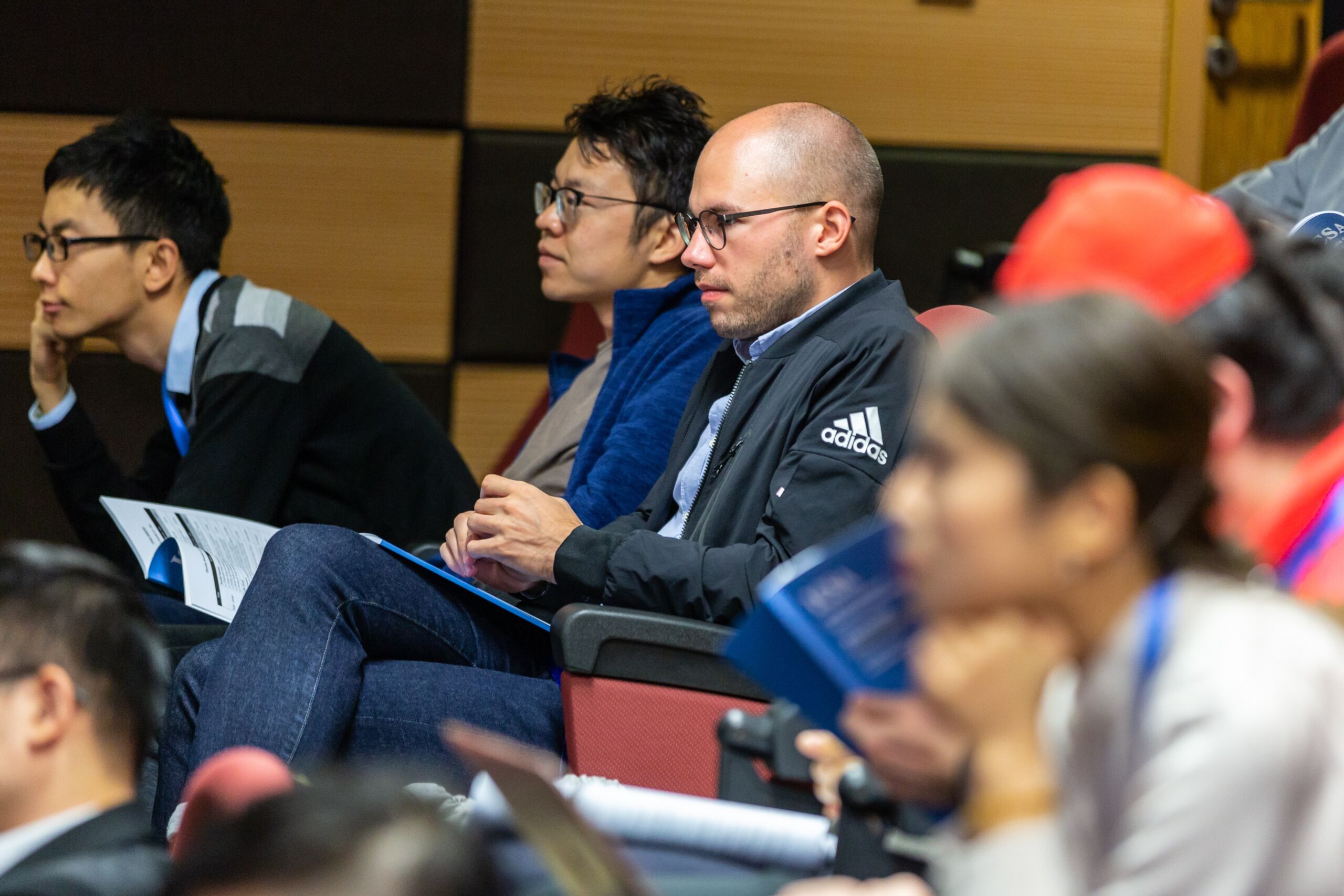Sažetak
Biomacromolecules are mostly polyelectrolytes (PE), dissociating into polyions and small counterions. Their long-range electrostatic interaction leads to arrangements different than for neutral polymers and leads both to difficulties in understanding these systems [1] and to distinctive technical applications (gene therapy, gene chips, DNA sequencing) [2]. All studies necessarily reflect effects of both polyions and the ionic cloud, all the while being designed to distinguish between the effects of the two by, e.g., studying the polyion conformation in varying (counter)ion atmospheres, or by studying the changes to the atmosphere that may occur with variation in polyion length, stiffnes or concentration. The two most prominent issues are counterion (atmosphere) condensation and the electrostatic contribution to the polyion persistence length. For the last decade we have adressed these by studying the structure and dynamics of two semirigid (bio)PEs, DNA and HA (hyaluronic acid) [3] and comparing these to results on flexible PE, polystyrene sulfonate (PSS). We employed dielectric/impedance spectroscopy (DS), diffusion measurements by fluorescence correlation spectroscopy (FCS) and structural studies by small-angle X-ray scattering (SAXS) and also polarizing light microscopy (PLM).



